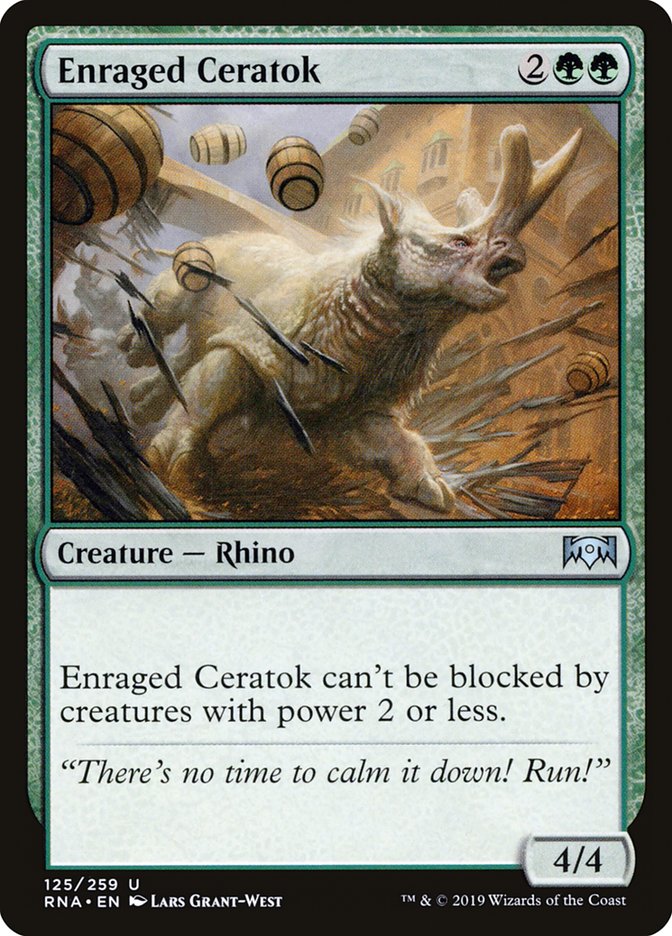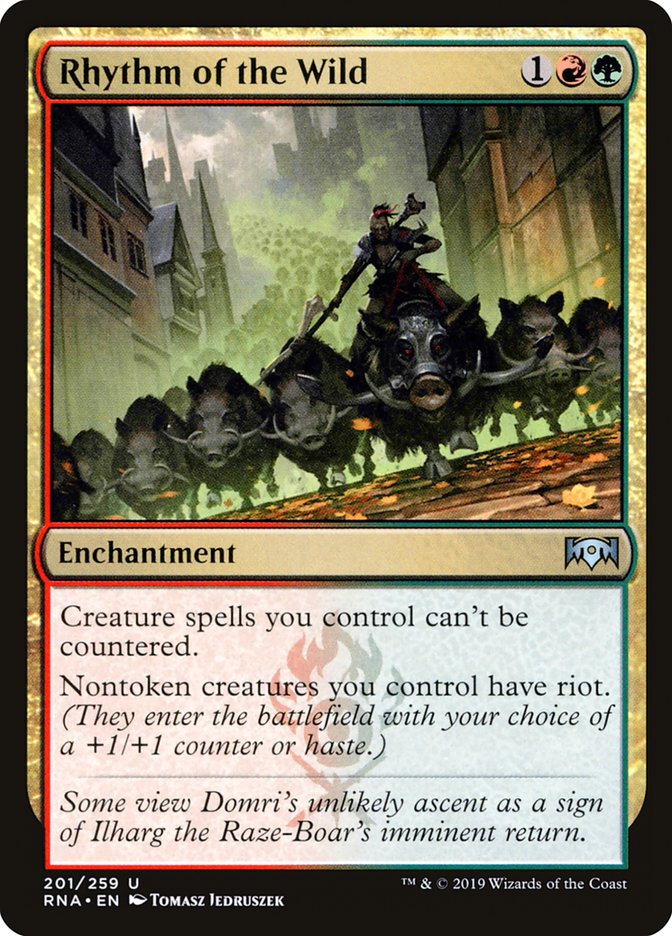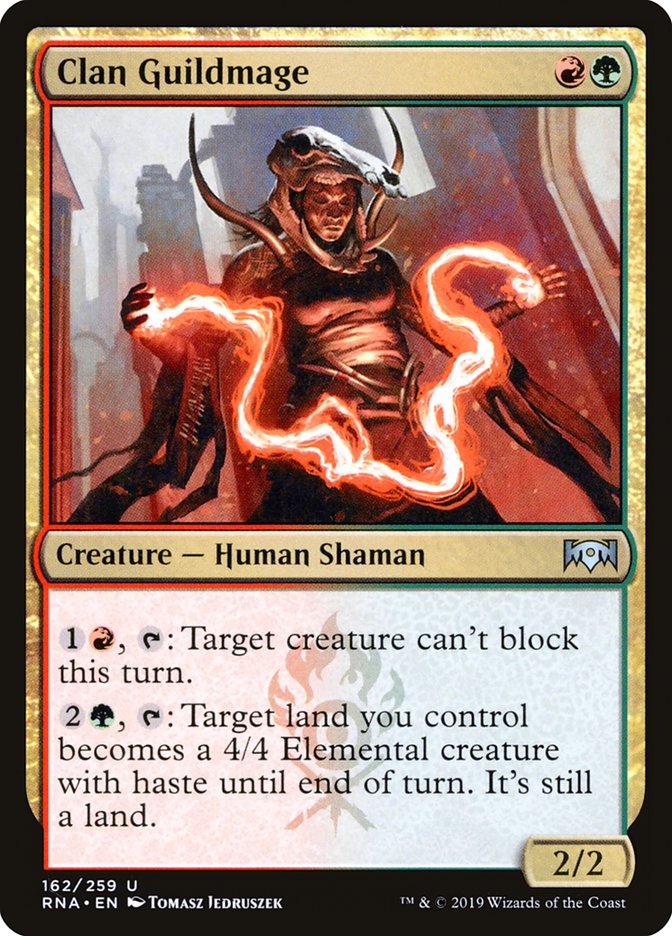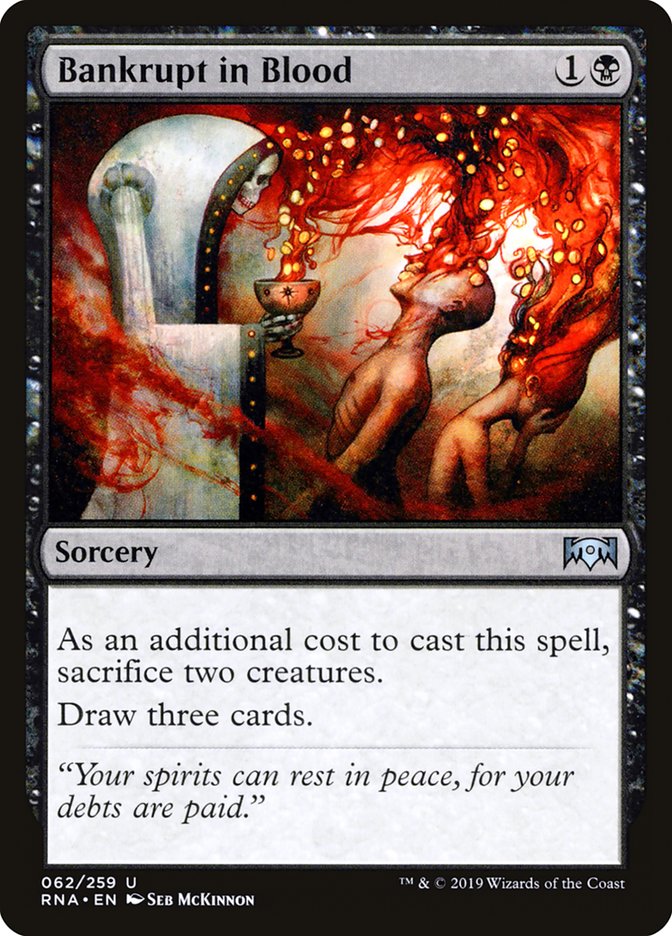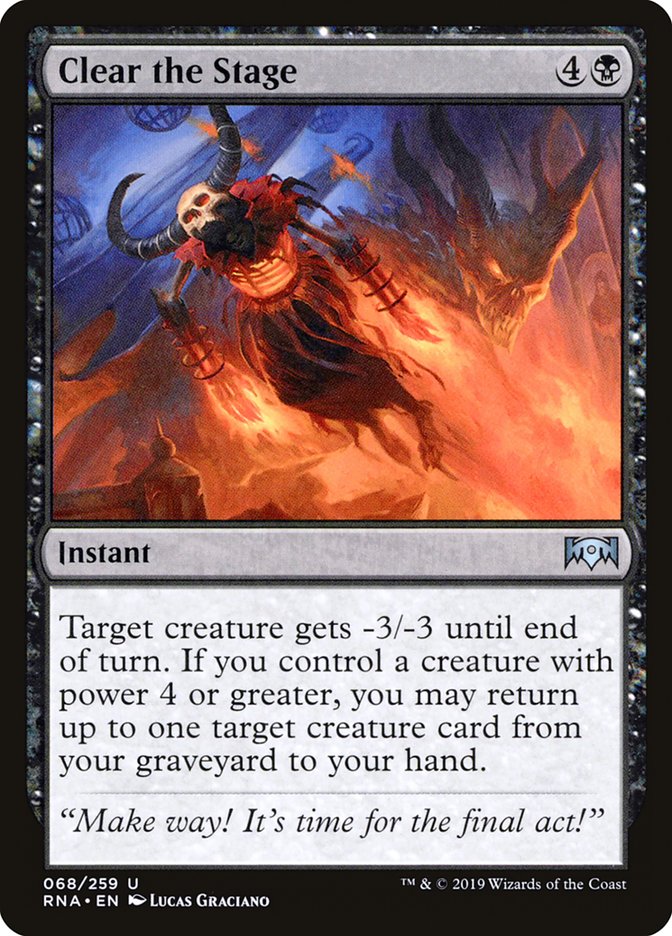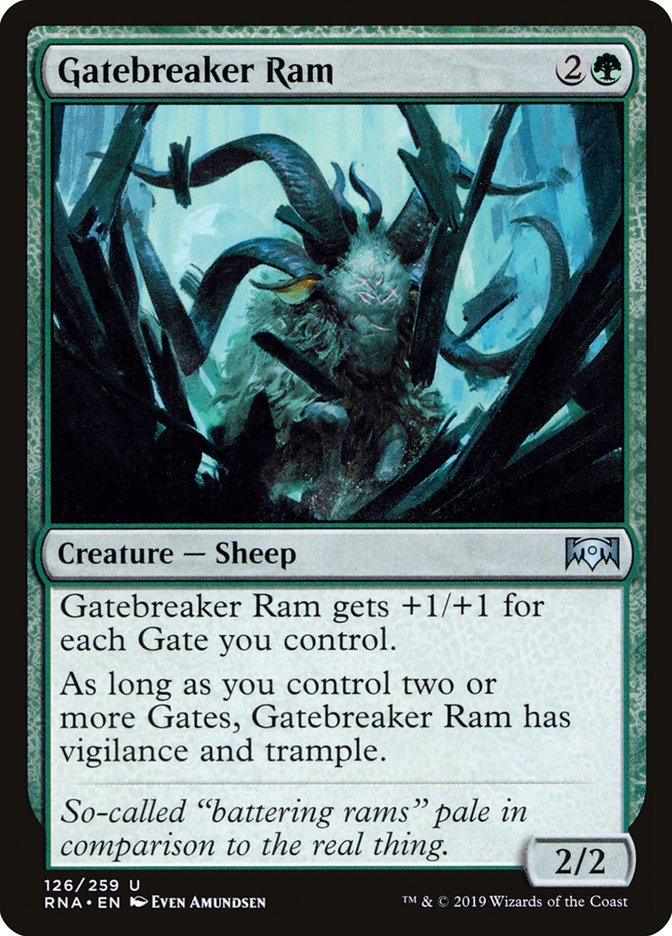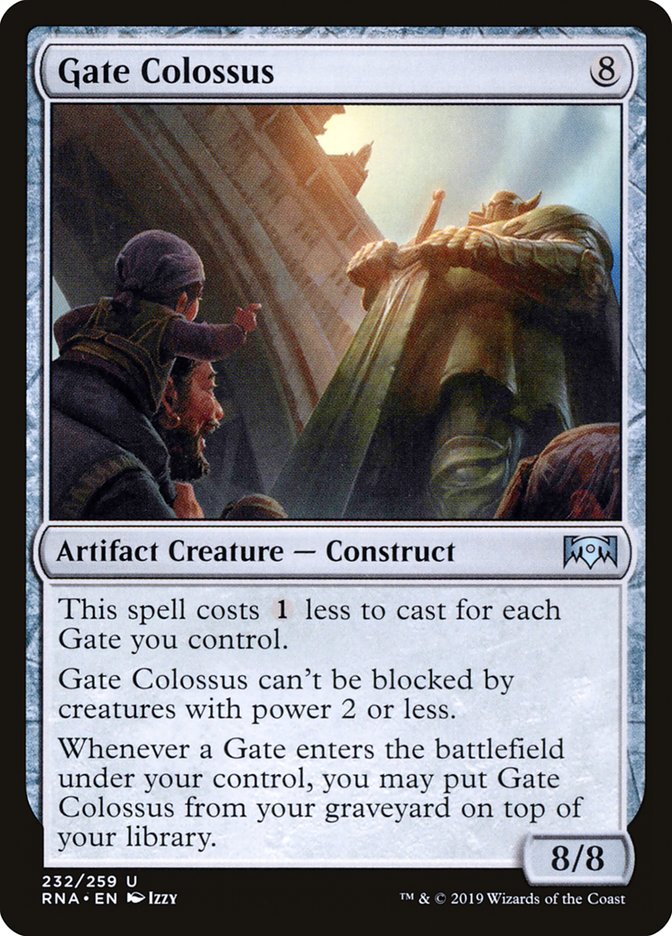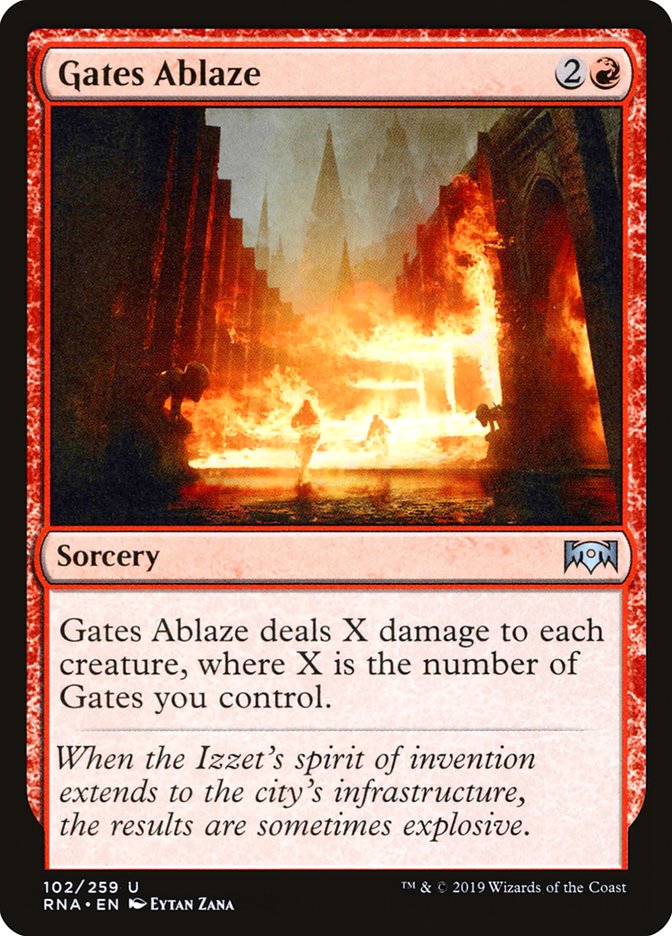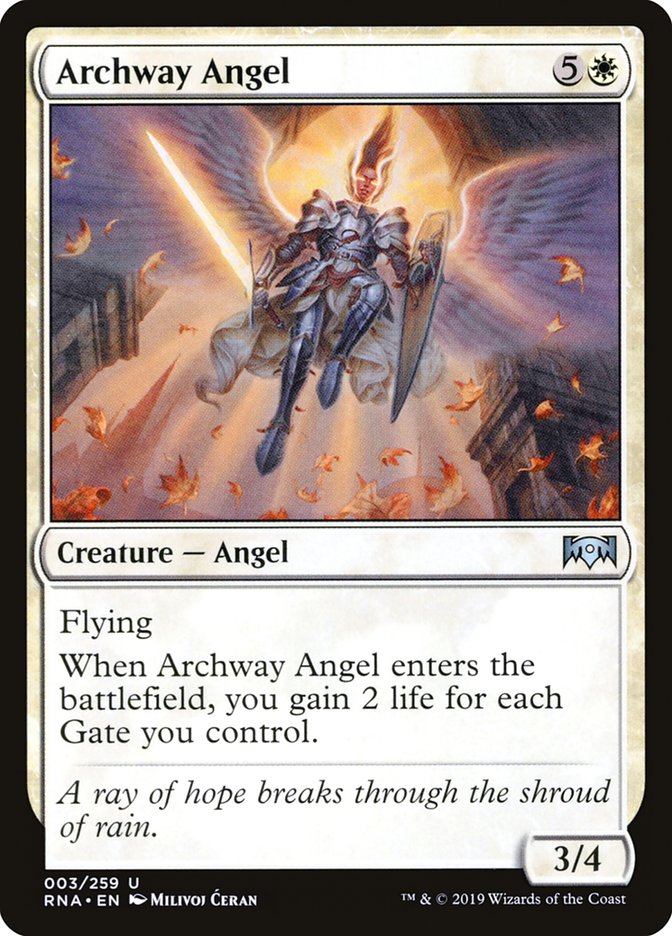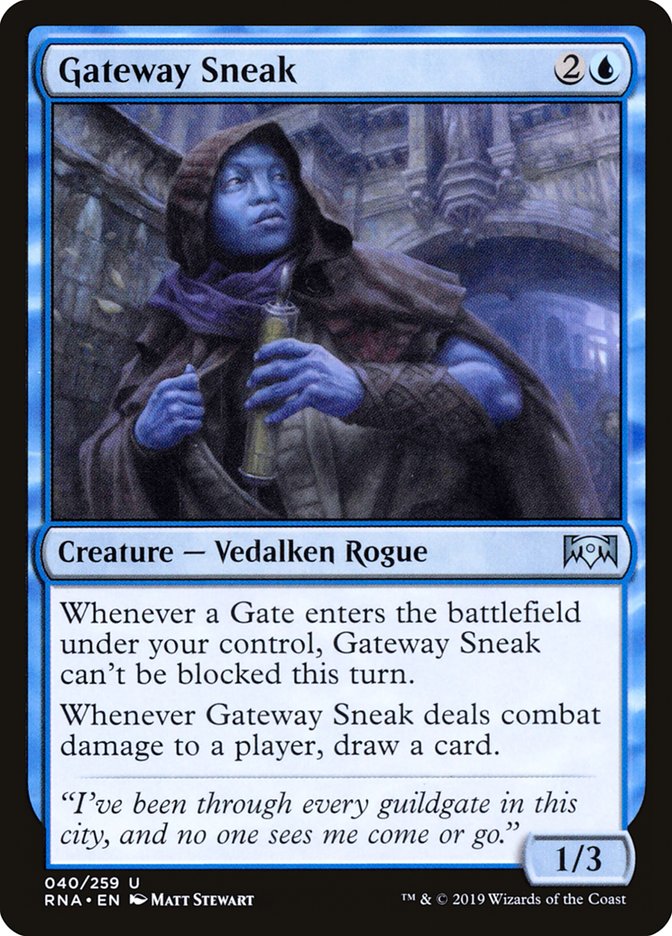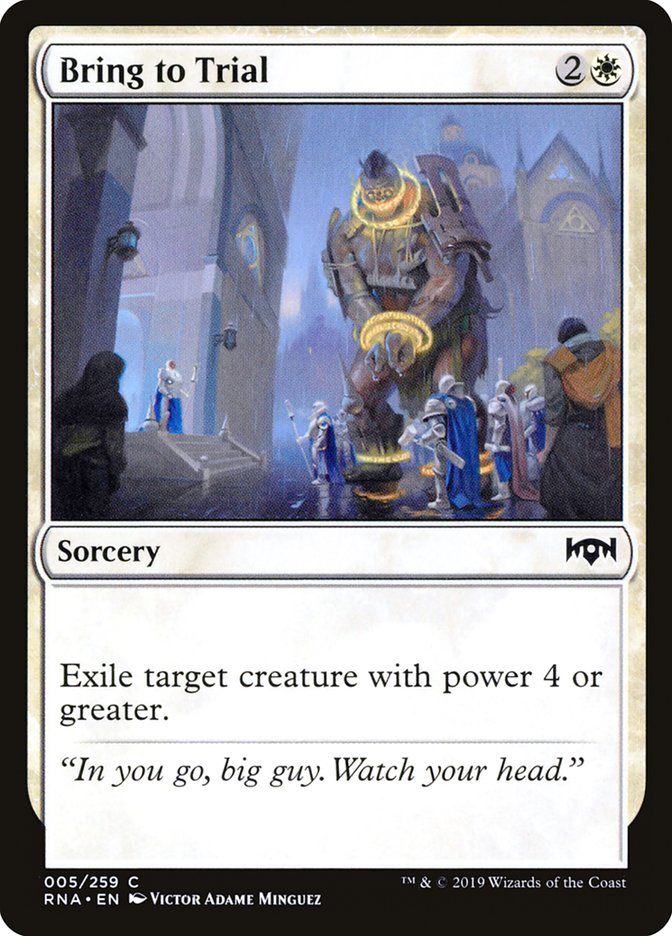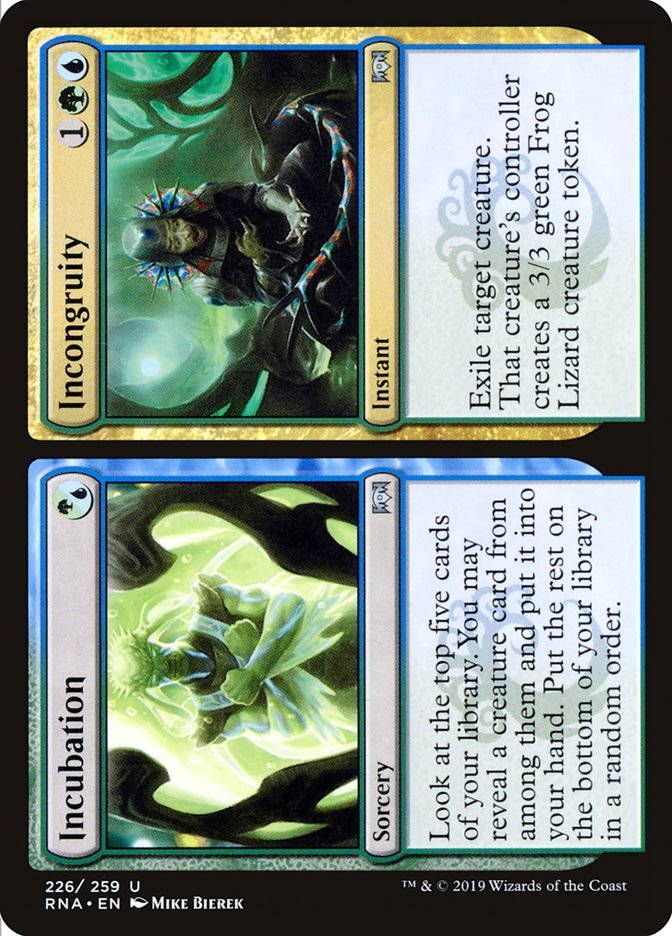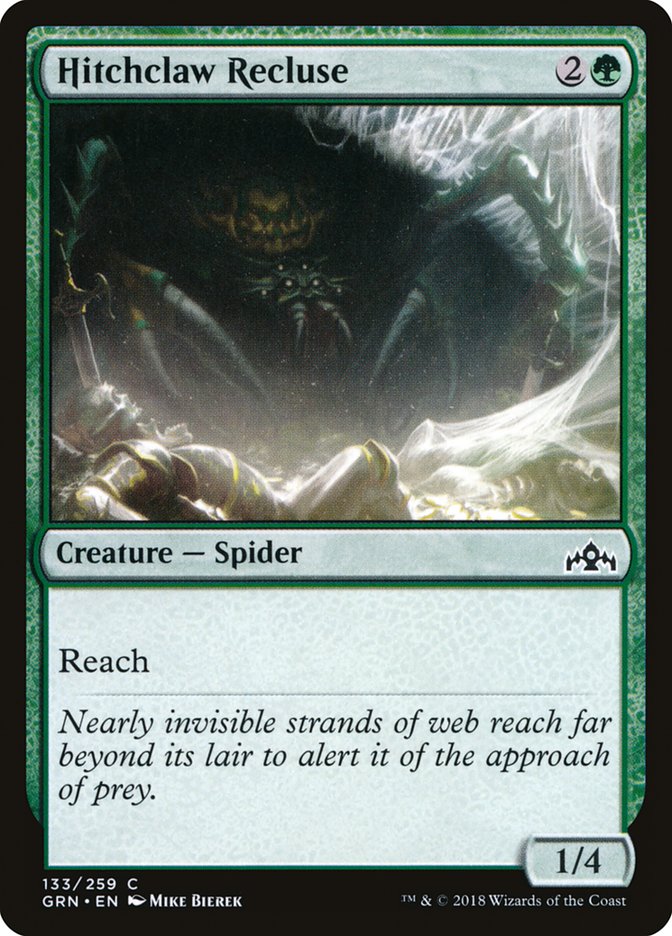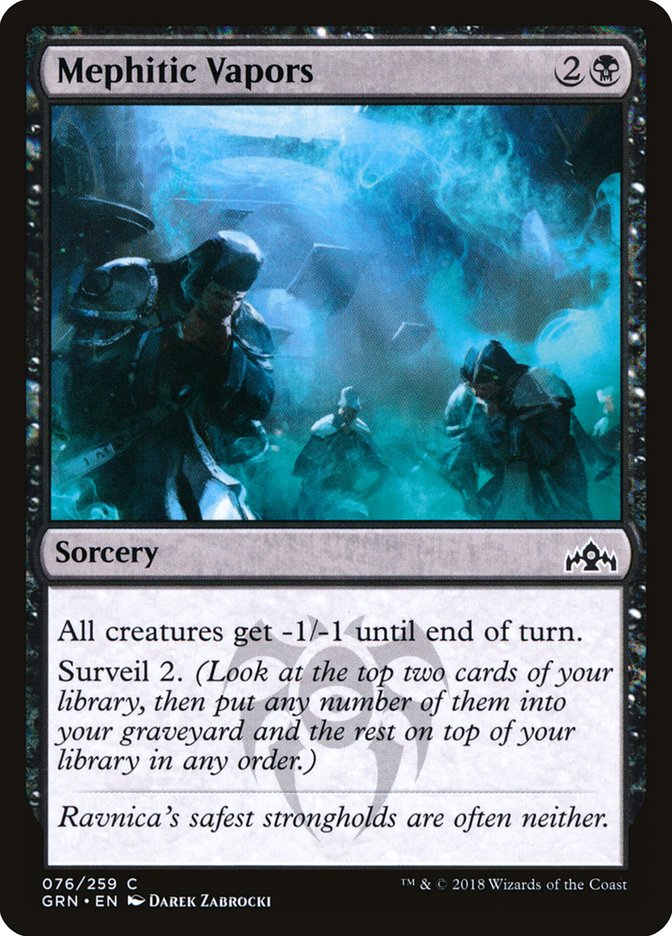Magic Arena is the best thing to happen to Magic since I’ve been playing. The client is smooth, the games are fast, and the animations are awesome! But until it’s possible to draft with other players sitting around a virtual table, the optimal approach to any Draft format will differ from tabletop to Arena. The question is: By how much?
The change is much larger than when Magic Online moved from in-pod play to Leagues. I remember so many people freaking out about this change, but soon after it was clear that the convenience was worth it. The only notable changes that the introduction of Leagues brought were the removal of hate drafting and an increased probability to play a mirror match.
The only difference between drafting on Arena and drafting on Magic Online is the bots. This brings two major differences:
1. Archetype variance lowers.
Because the bots don’t draft with as much variation as humans, decks are more likely to have specific cards that bots don’t favor. I’ve seen Rhythm of the Wild wheel enough times in Ravnica Allegiance on Arena that I just assume my Gruul opponents have one. I don’t make this assumption when drafting online or in person.
2. The decks the bots draft don’t join the pool of decks that people play against.
This has a large impact on the metagame of a given Draft format. At the beginning of Guilds of Ravnica Draft, the bots refused to take a variety of powerful Dimir cards, including Disinformation Campaign. At that time, almost every match I played on Arena was against Dimir. Curve became less important, counterspells were better, and cards like Radical Idea got better, while cards like Dimir Informant got worse. I was drafting and building my decks differently on Arena from how I would if I were at a Grand Prix or a Mythic Championship.
But Ryan, the bots will get good eventually!
Maybe they will, maybe they won’t. Until Arena drafting is with people or the bots truly improve by leaps and bounds, drafting on Arena will be different from tabletop drafting. It’s still Magic, and it’s still great, but it’s a different Limited format and experience. This format has two new concepts to focus on: exploiting the draft portion with the bots, and learning how to architect your deck to beat the expected metagame given the exploits.
Finding the Exploits
Given that the variance between the bots is reasonably low, it doesn’t take many drafts to pinpoint leaks in bot card evaluations. Furthermore, Arena uses a specific print run of uncommons. Here is part of Ravnica Allegiance’s uncommon print run:
This means that if you see a pack with Rhythm of the Wild and Bankrupt in Blood, you can be 100% certain that a bot took Clan Guildmage out of that pack. This takes a good chunk of time to map and somebody will always do it. But before some stranger with more time than you does this, you can still use this information to your advantage. At the beginning of a format on Arena, you can recognize patterns of what wheels. And because the uncommons in the packs have very similar patterns, the uncommons that wheel do so with higher frequency. At the beginning of Ravnica Allegiance, many players were complaining that Rhythm of the Wild was going too late. It was. But it wasn’t because the bots hated the card, it was because it was always with a better Gruul card, since Rhythm is sandwiched between Clan Guildmage and Enraged Ceratok.
In only five drafts, it became apparent that Rhythm of the Wild was a card that you could get in every Gruul deck. But Gruul wasn’t even close to the best archetype with the first iteration of the bots on Arena. The Gates deck was completely unreasonable. To hammer this point home: look for consistency within the packs. The reason it was easy to learn that Rhythm wheeled was because it was consistently between better options. The bots wouldn’t change their pick order, and the cards around Rhythm wouldn’t change either, thanks to a cyclical uncommon print run. The other consistency in Ravnica Allegiance is that every pack has a Guildgate. So, when almost 100% of the Guildgates wheeled in every single draft, it was very easy to notice something was wrong.
Once the word was out, the whole format devolved into Gate mirrors. You didn’t play against Gates every match, but when you didn’t, it was likely because your opponent didn’t know that it was correct to force the archetype.
I want to make it clear that this was the extreme. There are still exploits right now, but I don’t advocate for forcing at the moment. A month ago, I did. It was just too easy to get twelve Gates and four Gates-matter cards that the rest of your deck could be a ham sandwich and it wouldn’t matter. But you had to pay attention to be privy to this information. Don’t let the packs just swing by without thinking, or you’ll miss the fact that the bots never take Gates.
It’s amazing how quickly the tides turn on Arena. Once this was noted a problem, it was fixed in the next update. The bots take Gates at a reasonable frequency now. They still don’t really take the Gates-matter cards, but that’s a different problem. Once this update came along, I started playing against Orzhov all the time. Grasping Thrull would wheel, and Blade Juggler still goes criminally late. There will always be an exploit, and as long as you’re aware of it, you can capitalize on it!
Combating the Exploited Metagame
If Draft decks look different because certain cards wheel at a higher frequency, some cards get better and others get worse.
Bring to Trial might have the largest delta in playability from tabletop to Arena. It’s strictly a sideboard card in tabletop and I’m never happy to start it. On Arena, I almost always play the first copy. You’re not only more likely to play against a Gates deck, but that deck is also more likely to have cards like Gatebreaker Ram and Gate Colossus. And the fact that Gate Colossus is colorless and gets passed by the bots so frequently means it’s not an uncommon finisher for a random Orzhov or Azorius deck. I played against it so frequently that I just started including Bring to Trial in my decks and I haven’t looked back. Similarly, I take Incongruity much higher on Arena. It’s a fine playable in tabletop, but the upside of exiling Gate Colossus is much less relevant. While the main attraction of the card in tabletop Magic is Incubation, Incongruity is what actually matters for Arena.
Similar to the Gate Colossus example, there was a time in Guilds of Ravnica where it felt like every single opponent I played against cast a white one-drop on Turn 1. It happened so many times that I started drafting decks tailored to beat them. The bots appeared to avoid green even more than people did, and so drafting a good Selesnya or Golgari deck was an easy feat. Throw in some Hitchclaw Recluses and laugh at your opponent trying to play Haazda Marshal and Healer’s Hawk.
Or, instead, draft what many consider to be the best color combination in that set: Dimir. But build the deck to beat Boros. When playing in person or on Magic Online, I usually skimped on cheaper plays in Dimir because it was more common to play against slower decks. On Arena, I found myself winning more with decks chock-full of cards like Mephitic Vapors and Child of Night in order to stomp all the Boros decks. The only reason this is reasonable is because the decks the bots draft don’t go into the pool of decks you play against.
If a color is the worst color, the bots don’t necessarily know that, and then you should avoid it at all costs. Is one archetype head and shoulders above the rest? At a Grand Prix I would have to worry about that archetype being overdrafted, but not on Arena. Instead I can bias towards it and tailor my deck to beat the mirror, since many other players will attempt to exploit the bots as well.
Overall, Arena is fantastic. I love that I can play a match of Draft in a swift and enjoyable way. But Draft on Arena is not the same as the Draft you’re used to. It’s a different format in the same way that best-of-one Standard is different from best-of-three Standard. It’s the same card pool, but the optimal strategy isn’t necessarily the same.


